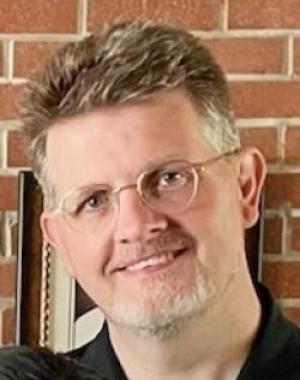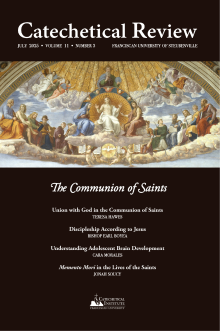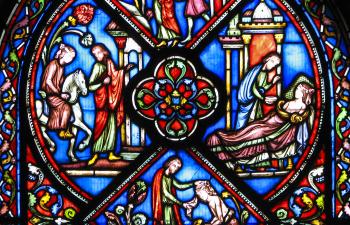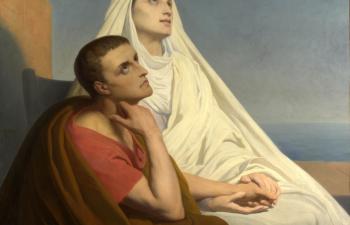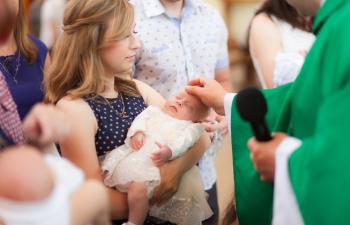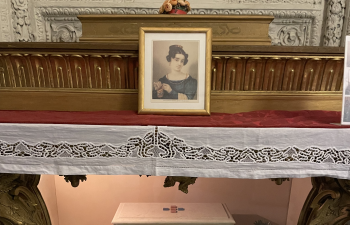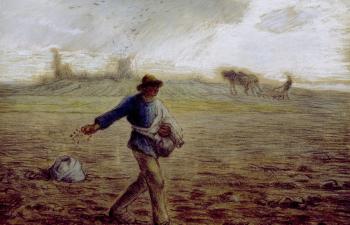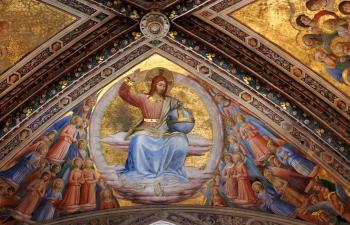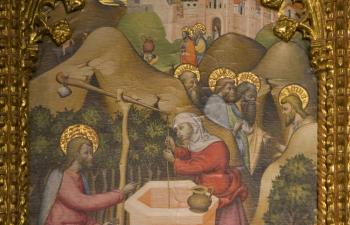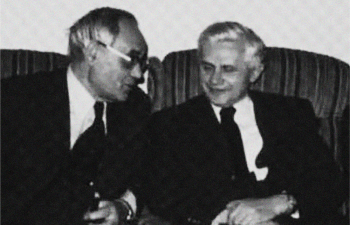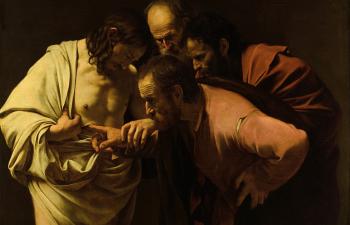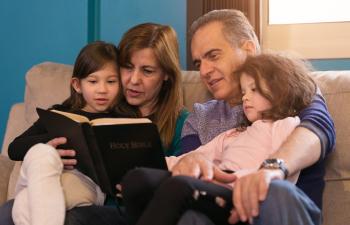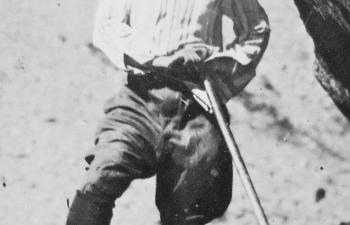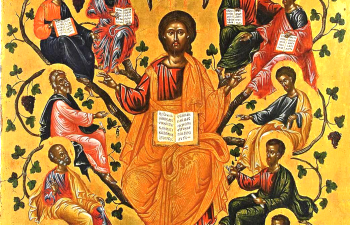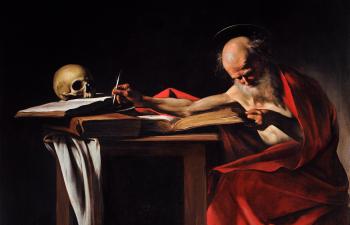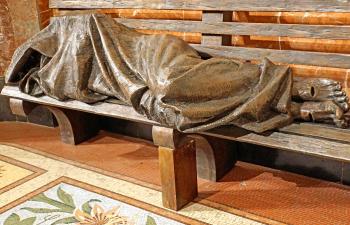 This final article in this series presents three methods for making catechesis authentically organic. “The organic unity of the faith bears witness to its ultimate essence and allows it to be proclaimed and taught in its immediacy, without reductions or diminutions. The fact that the teaching may be gradual and adapted to persons and circumstances does not invalidate its organic unity.”[1]
This final article in this series presents three methods for making catechesis authentically organic. “The organic unity of the faith bears witness to its ultimate essence and allows it to be proclaimed and taught in its immediacy, without reductions or diminutions. The fact that the teaching may be gradual and adapted to persons and circumstances does not invalidate its organic unity.”[1]
Teaching the Unity of the Faith by Means of the Catholic Family Story
When a person receives the Sacraments of Initiation, God’s plan is being accomplished: he created each person in order to live together in his own Trinitarian life. The role of the catechist is to share with others an evangelizing narration of salvation history—the story of who God is and what his plan is for them. “We heard with our own ears, O God, our fathers have told us the story of the things you did in their days, you yourself, in days long ago” (Ps 44:1). Every teaching given to participants should flow from and be directed toward their participation in the Catholic “family story” as a venerable means to achieve a genuinely organic catechesis:
In his De catechizandis rudibus [The First Catechetical Instruction] Augustine makes explicit the theory of what must be the object and the manner of the catechesis of catechumens. . . . He begins with creation and briefly narrates the whole sacred history up to Christ and the Church, and then passes to the resurrection of the flesh and to the future life. Everything is centered on Christ. . . . Now it is possible to catch a glimpse of the marvelous unity which, in this conception, unites Bible, magisterial teaching, liturgy, tradition, theology, ordinary preaching to the faithful and catechesis of the catechumens. . . . The bond which unifies all these members is the primacy of emphasis given to the reality of salvation history that each is called upon to explain.[2]
This family story includes, with the telling of it, an invitation to join the family and make the story one’s own. It informs the structure of what a catechist hands on; it is a unifying force that gives participants a framework in which to place each new teaching. For this reason, the story should be told, in its entirety, near the very beginning of the catechumenal process, during the precatechumenate. This can be accomplished in 30 minutes. The catechist simply lays out the story element by element, beginning with God, continuing to the present day, and following through all the way to the last things: death, judgment, heaven and hell. The major points of the story could include the following:
- God our uncreated Creator, who is utterly transcendent: God is a Trinity, a family of persons whose life is love; God has a plan of intimacy for his human creatures.
- Creation: especially being created in the image of God, as well as the creation of angels.
- The Fall: sin, death, and separation of the human family from God.
- God’s plan to answer sin: a gradual reconciling of his prodigals through a fatherly gathering of a people to himself; the covenants with Noah, Abraham, Moses, and David.
- The history of the prophets: God’s steadfast fidelity to his covenants, the stubbornness of the Chosen People; the prophets are entrusted with a message of rebuke, correction, loving reconciliation, and future promise.
- The Incarnation (the pivotal point in the whole story): Jesus Christ, true God and true Man; Mary’s unique participation in God’s gift of himself, her “yes” to God; all promises are fulfilled in him who was sent by the Father.
- The Paschal mystery: Jesus’ Passion, Death, Resurrection and Ascension—the redemption of all humanity.
- The establishment of the Universal Church: the Father regathers his people as his adopted ones.
- The descent of the Holy Spirit at Pentecost: the guarantor of the deposit of faith and the life of the deposit of grace.
- The story since Pentecost: a new family identity, evangelization, the saints, and everyone here and now.
- The Second Coming of Jesus and the reality of the promises of heaven.
By narrating our family story at the outset of the catechumenal process, the catechist can place each new teaching in the context of the Catholic family story. Each truth is like an episode in the continuing saga of God’s love for us. At some point in the catechumenate period, the catechist can and should go back and tell the story again, in greater detail and length, incorporating more personal reflection. This could take over an hour of time, but it is well worth it. A reminder of the history of God’s unique love for his human creation gives each catechetical session coherence by uniting it with everything else that has been unpacked previously.
The rest of this online article is available for current Guild members.
This article is from The Catechetical Review (Online Edition ISSN 2379-6324) and may be copied for catechetical purposes only. It may not be reprinted in another published work without the permission of The Catechetical Review by contacting [email protected]


